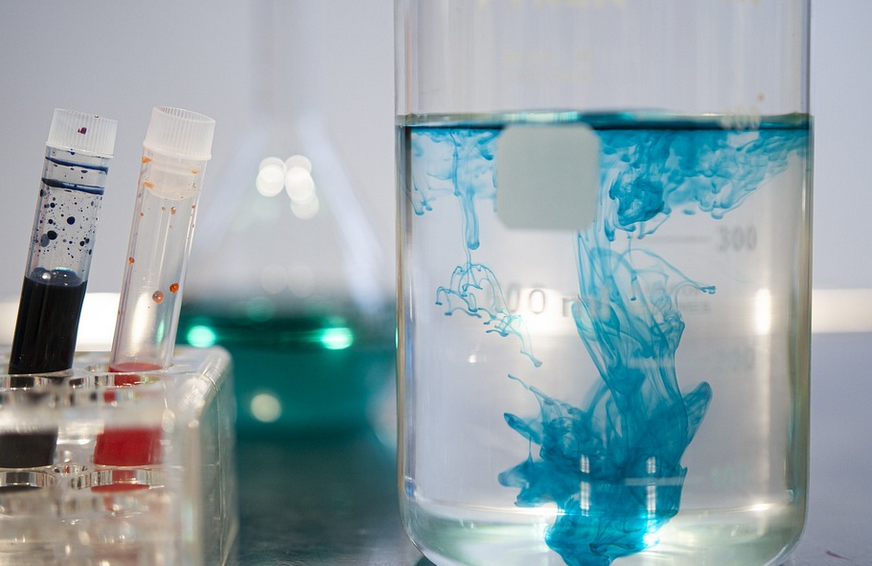Introduction
Lipids are essential biomolecules that play crucial roles in the structure and function of living organisms. They serve as a source of energy, insulation, and protection. Lipids can be either saturated or unsaturated, depending on the presence or absence of double bonds in their structure. The bromine test is a simple and reliable method to determine the unsaturation of lipids.
What is the Bromine Test?
The bromine test is a chemical reaction that involves the addition of bromine to unsaturated lipids. Bromine is a reddish-brown liquid that turns colorless when it reacts with unsaturated compounds. The test is based on the principle that bromine adds across the double bonds of unsaturated lipids, converting them into more stable, saturated compounds.
How to Perform the Bromine Test?
To perform the bromine test, a sample of the lipid is dissolved in a nonpolar solvent, such as chloroform or benzene. A few drops of a bromine solution in methylene chloride are then added to the solution. The mixture is shaken and observed for any color change. If the solution turns colorless, it indicates the presence of unsaturation in the lipid.
Interpretation of Results
The bromine test is a qualitative method that only indicates the presence or absence of unsaturation in the lipid. The intensity of the color change does not necessarily correlate with the degree of unsaturation. Therefore, the test is often used in conjunction with other analytical methods, such as gas chromatography, to quantify the amount and type of unsaturated lipids in a sample.
Applications of the Bromine Test
The bromine test is widely used in the food industry to determine the quality and freshness of oils and fats. It is also used in the production of biodiesel, where the degree of unsaturation of the feedstock can affect the yield and quality of the fuel. The test can also be applied in the analysis of lipid metabolism and lipid-related disorders.
Advantages and Limitations of the Bromine Test
The bromine test is a simple, inexpensive, and rapid method to determine the unsaturation of lipids. It does not require specialized equipment or extensive sample preparation. However, the test has some limitations, such as the interference of other compounds with the bromine reaction and the inability to distinguish between different types of unsaturated lipids.
Conclusion
The bromine test is a useful tool to detect the presence of unsaturation in lipids. It is a simple and reliable method that can be applied in various fields, including food science, biochemistry, and environmental science. As the demand for sustainable and renewable energy sources increases, the bromine test may play a crucial role in the production of biodiesel from unsaturated lipids.

